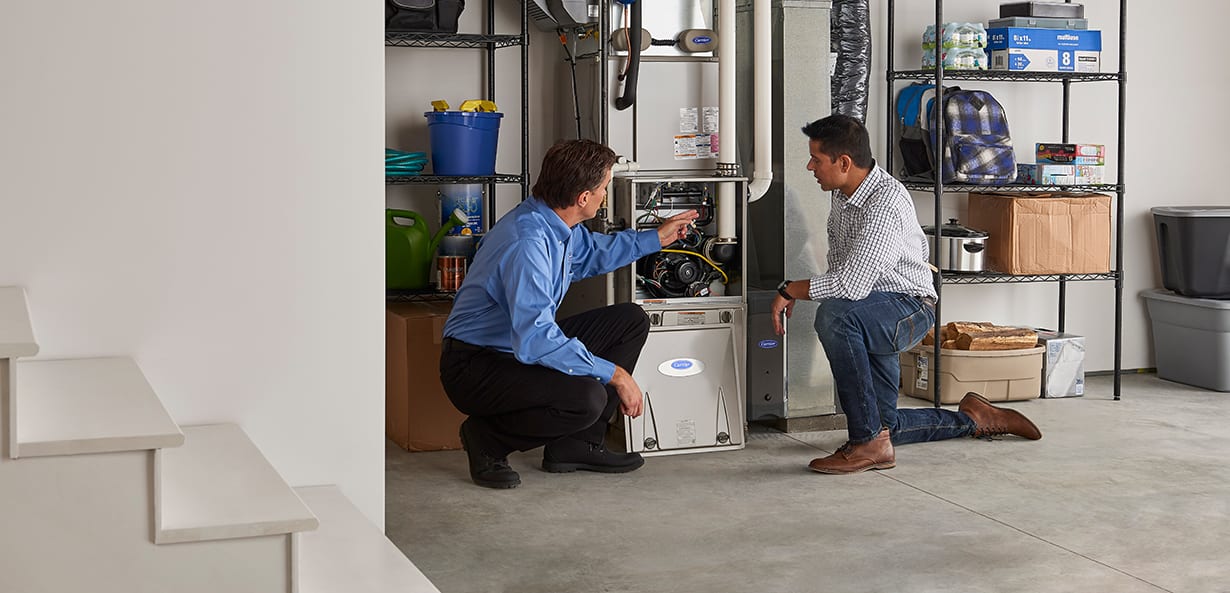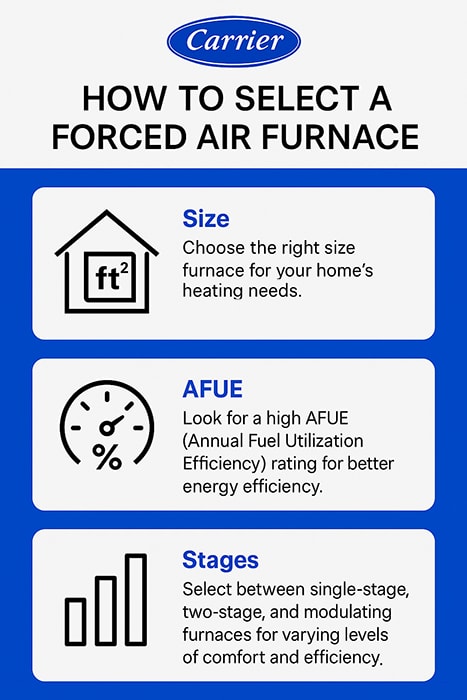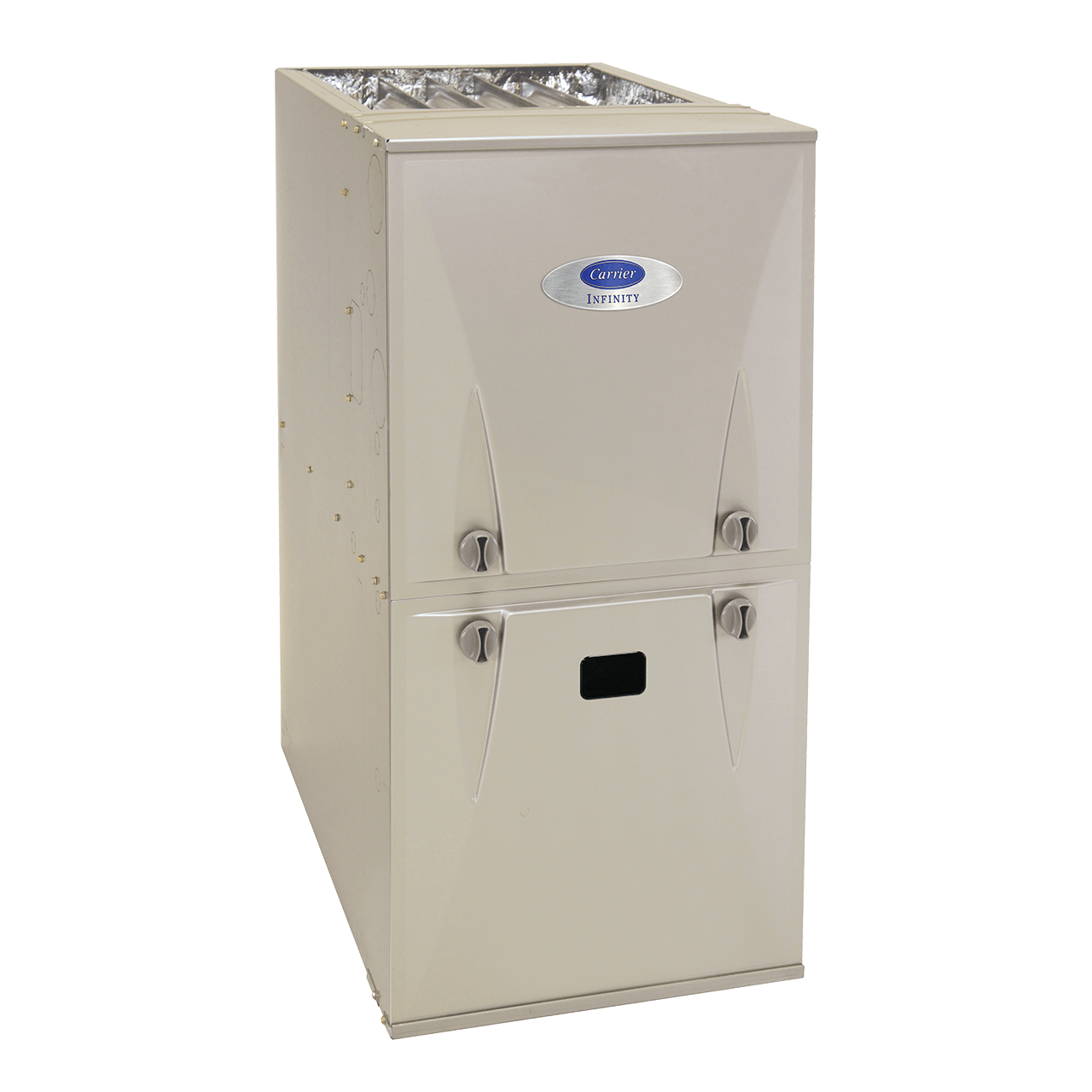Forced Air Furnaces: Efficient Comfort for Your Home
When choosing a heating solution for your home, forced air furnaces emerge as a dependable and efficient option. These systems distribute heated air through ducts, helping ensure every room in your home maintains a cozy temperature. With technological advancements, today's forced air furnaces offer improved efficiency, helping you potentially save on heating costs while keeping your home comfortable. In this article, we'll delve into what a forced air furnace is, their advantages, and how to select the ideal model for your space.

Understanding Forced Air Furnaces
Advantages of Forced Air Furnaces
- Energy efficiency: Modern technology enables these systems to use less energy while providing ample warmth, which can potentially result in lower heating bills and a reduced carbon footprint. This makes forced air furnaces a smart choice for both your budget and the environment.
- Rapid heating capability: Unlike systems that take time to heat a space, forced air furnaces quickly deliver warmth, ensuring comfort for you and your family. This quick response is particularly advantageous during colder months when consistent warmth is essential.
- Versatility: Forced air furnaces integrating with air conditioning systems for year-round climate control. This dual functionality enhances indoor air quality by enabling effective filtration and circulation, making them a practical choice for homeowners aiming to improve their living conditions.
Selecting the Right Forced Air Furnace

Size
AFUE
Stages
Connect With A Carrier Dealer On Forced Air Furnaces
ENERGY STAR® certified. Our highest efficiency and most advanced furnace with up to 98.5% AFUE for premium energy savings with excellent humidity control and premium comfort
ENERGY STAR® certified. Up to 97.0% AFUE for premium energy savings with enhanced comfort features.
All sizes ENERGY STAR® certified. Up to 97% AFUE for premium energy savings with standard comfort features.
Forced Air Furnace FAQs
Learn More About Furnaces
- How Much Does it Cost to Replace vs Repair a Furnace?
- Guide to Gas Furnaces
- Furnace Repair & Service
- Discover the signs you need a new furnace
- How Do Gas Furnaces Work?
- Cost Of A Gas Furnace
- Gas Furnace Replacement
- Read about gas furnace repair
- Learn about furnace installation
- Furnace troubleshooting tips
- How long does a furnace last?
- Comparing types of furnaces
- AFUE Rating (Annual Fuel Utilization Efficiency)
- Burning Smell in House? Causes and How to Fix It
- Learn the causes of a furnace not kicking on
- Discover what to expect with a furnace tune-up
- Why is my furnace leaking water?




